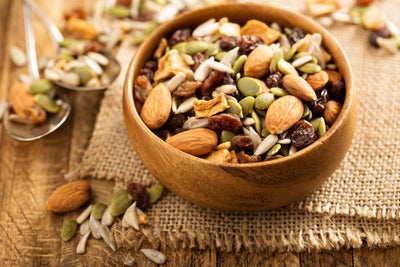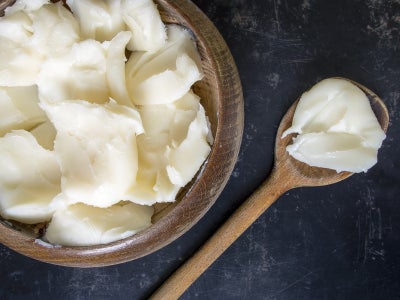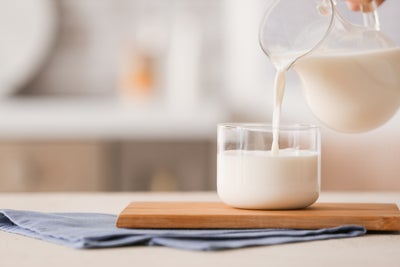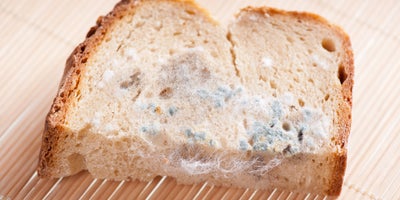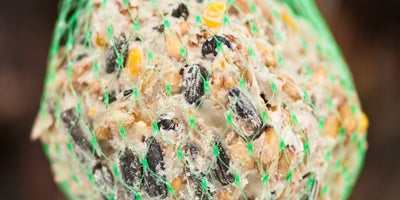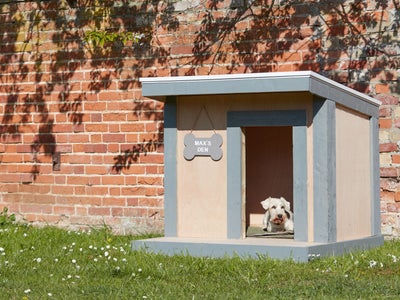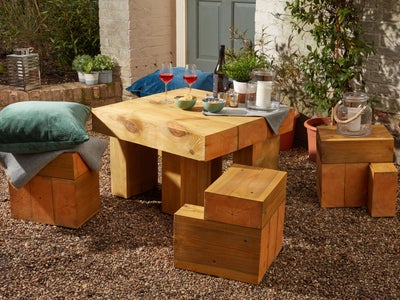How to make bird feed
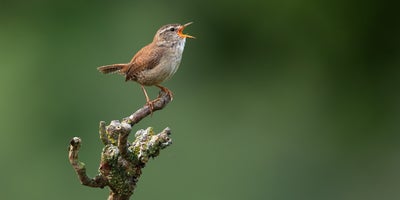
Bring life back to your garden as you shake off the chill of winter by inviting some feathered friends to your garden for a snack. It’s important to know what to include and what to avoid so that they’re safe for all species.
Shop the Range
